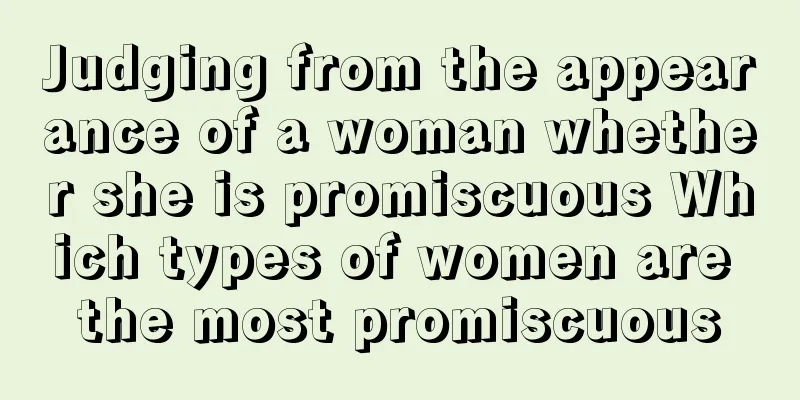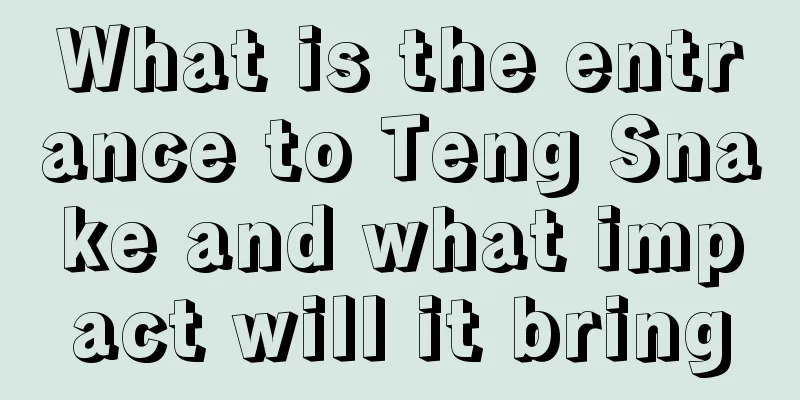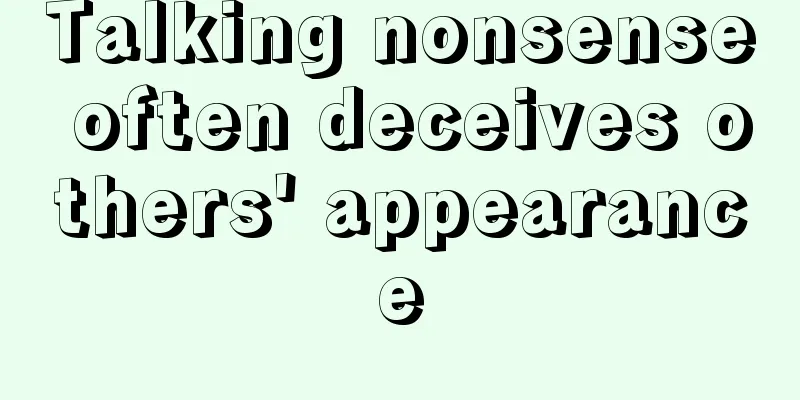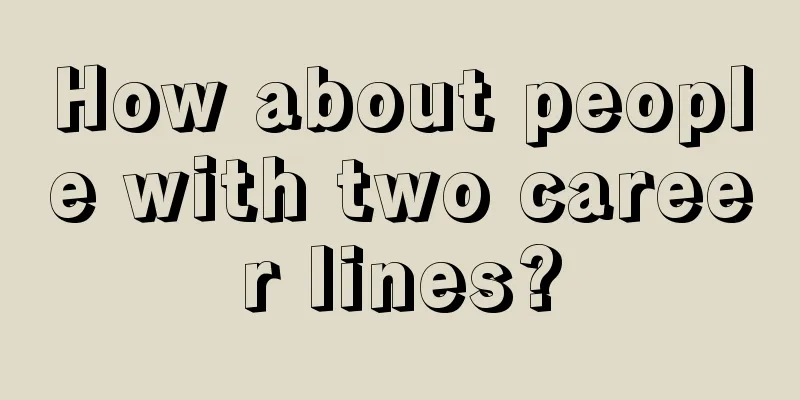FIX, the global securities market communication protocol, is preparing to support blockchain technology
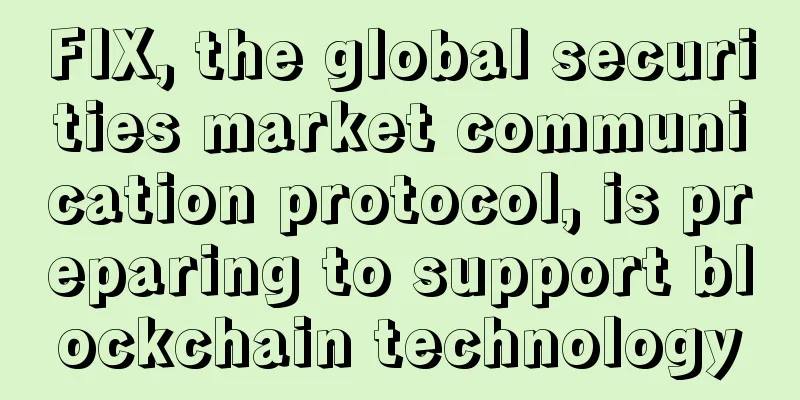
|
The rapidly growing blockchain economy gained support last month from the FIX trading community, which announced the formation of a digital currency and blockchain group. FIX (Financial Information Exchange) is the most widely used communication protocol in the global securities market, designed to optimize the efficiency of electronic trading. It is managed by the FIX trading community, under which there are several different working groups to supervise and manage its development. The development of the FIX protocol was jointly initiated in 1992 by a number of financial institutions and brokers who were committed to improving the efficiency of their mutual trading processes. These companies viewed themselves and their industry as a whole and believed that they could benefit from the drive for efficient electronic data exchange of trading instructions, trading orders and trading execution. FIX was born, an open messaging standard that is not controlled by a single entity, a protocol that can be adjusted and constructed to suit the business needs of any enterprise. Likewise, Bitcoin’s blockchain and distributed ledger technology have the potential to fundamentally change the securities industry. Greater transparency through real-time settlement means billions in cost savings, as well as the elimination of counterparty risk and reduction of errors. The new working group will bring these two together. They will redefine use cases and integration of blockchain technology into capital markets, as well as recommend best practices for FIX implementation. The group is led by Sean Ristau, head of wealth management and derivatives at Raptor Trading Systems; Ron Quaranta, CEO of Digital Currency Labs; and Ryan Pierce, director and technical architect at CMD Group. In their interviews, Quaranta and Ristau each mentioned another potential advantage of the collaboration: the unification of multiple different blockchain systems. Many banks have begun experimenting with distributed ledger systems. Some have developed their own blockchains (such as Citicoin), while others rely on the Bitcoin or Ethereum blockchains. Obviously, if different systems cannot interoperate, much of the value of the technology will not be realized. We cannot simply replace one system with another, because some advantages cannot be replaced by the interbank trading system. To solve this problem, there are two approaches being taken. Some large banks are included in a consortium to jointly develop a single blockchain ledger (such as R3CEV). Similarly, some technology providers are trying to develop a framework (such as itBit?), perhaps a standard framework, hoping that banks will become their end users. The second method is to develop standards and have the entire industry adopt them, which can maximize the compatibility between independent systems. With the establishment of the FIX blockchain team, we began to try the second approach because the second approach can make different blockchain systems compatible and introduce a set of interoperable methods between them, and the FIX protocol serves as the necessary "glue" to link these different blockchain systems. Quaranta and Ristau said:
Each blockchain will have its own specific features, so many vendors will customize their own needs, and developing support for the FIX protocol will allow them to integrate into the existing financial ecosystem. They continued
They added that some companies have implemented the FIX protocol on their own blockchains, but “this group has not yet formed a solid standard in the FIX trading community.”
At present, how much the extended attributes of FIX can help the development of blockchain remains to be seen. However, it is certain that if a tool needs to play a more important role, it will definitely need to enter more standards to achieve sufficient flexibility. |
<<: BIS: Digital currencies could upend central bank model
>>: CoinSource's first Bitcoin ATM debuts in New York's Lower East Side
Recommend
Which people have the most blessed faces?
Which people have the most blessed faces? Most pe...
Is it okay to have big gaps between teeth?
It has been said since ancient times that teeth a...
FINRA conducts 2016 risk control assessment survey to strengthen risk supervision of Bitcoin activities
The U.S. Financial Industry Regulatory Authority ...
What does a shallow marriage line mean?
We often look at our palms , and the marriage lin...
Blockchain 2.0: Smart Contracts
Article summary image: Blockchain 1.0 application...
How to judge good or bad luck by looking at a person's complexion
A person's complexion is an external manifest...
The third computing power revolution: Water-cooled mining machines may be the ultimate form of computing power products!
Market, market, everyone is watching the market, ...
Look at the person with fish-like eyes
In the oceanarium, people watch various fish swim...
Russian experts: Blockchain is the most effective defense against future nuclear wars
A Russian industry expert said that blockchain is...
The mining chip industry is in decline, and the supply chain manufacturers are unlikely to continue their prosperity
AMD also expects its second-quarter GPU sales to ...
What kind of girl is destined to be rich?
Everyone wants to be rich and noble, and the fort...
What kind of woman is beautiful but has a miserable life?
In this age where looks matter, it seems that goo...
What is the fate of a woman with a mole on her waist?
As technology becomes more and more advanced, it ...
Where is the bad omen on a woman's face?
Each of us has some moles on our faces. The diffe...


